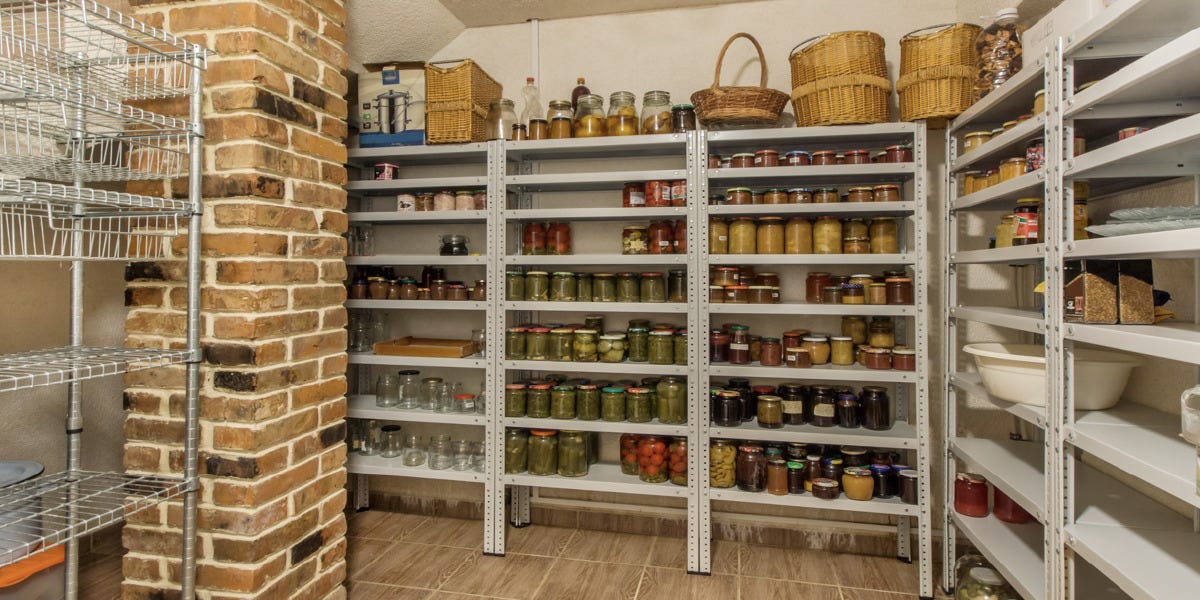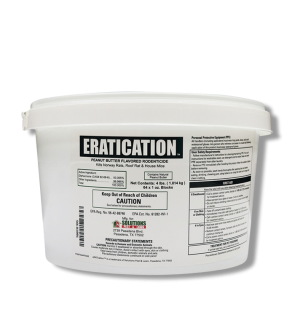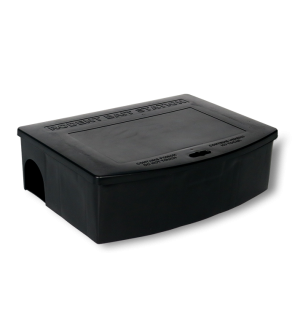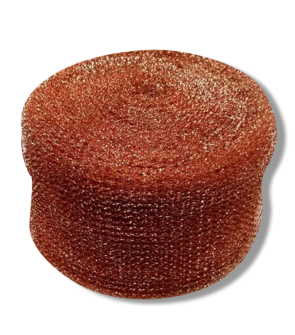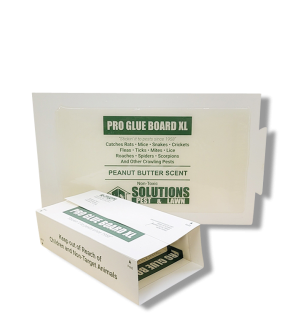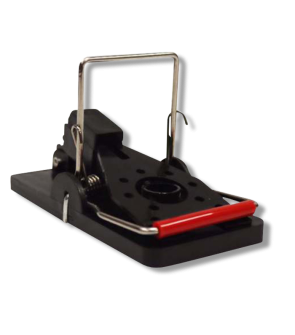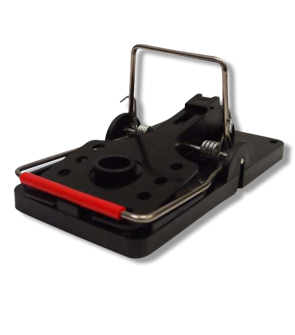Rodents in Pantry & Food Storage
Most Effective Products
Common Rodents in Pantries and Food Storage
While rodents may appear adorable to some, finding a wild mouse or rat in your pantry or food storage site can be alarming. Due to the abundance of stocked food items, paper towels, and available dark hiding spaces is very tempting for rodents.
The longer they stay indoors and frequent food sites, exposes homeowners to more disease, costly damages, and larger infestations since they breed and grow rapidly. Rodents have sharp, prominent teeth that enable them to chew through anything, resulting in greater spoilage of food.
Read on to see how to control rats and mice in your pantry and food storage. In this article, you will also find ways to spot infestations for faster control and prevention.
If you are not seeing a pest listed here then contact our customer service team by phone, email, or in-person at one of our store locations for professional recommendations.
Identification
Commonly house mice and roof rats are found in pantries and food storage sites. For a visual example look at the image above: On the left is the house mice and on the right is the roof rat.
House mice are small round sized pests that have gray, light brown, or dark gray to black colored fur and white bellies. In size, they are 3-4 inches long in body and have a hairless tail that is 2-4 inches long.
They also have pointed snouts, large eyes, and large rounded ears.
Roof rats are long, thin rodents that are gray to brown colored with white, gray, or black undersides. Their bodies are 6 to 8 inches long and their tails are another 7 inches or more in length.
Their snouts are pointed, and have large eyes and ears.
Inspection
 Roof rats mainly live outside, but they can create nests indoors in wall voids, and other elevated spaces above the ceiling in pantries and food storage sites.
Roof rats mainly live outside, but they can create nests indoors in wall voids, and other elevated spaces above the ceiling in pantries and food storage sites.
Unlike roof rats, house mice will create nests in both elevated and lower ground surfaces.
They tend to create nests in dark and undisturbed areas of pantries and food storage sites like boxes, behind furniture and appliances, floor drains and vents, overhangs or voids in ceilings, and kitchen cabinetry.
Treatment
Step 1: Eliminate Food and Hiding Sources

Rodents can chew through cardboard boxes, plastic bags, insulation, walls, and wood. They can also fit through multiple openings.
Rats are known to squeeze through holes as small as a quarter while mice can fit through openings as small as dime.
For these reasons, it's best to address all food sources and areas for these pests to travel or hide in.
First, store all food stuff including your pets food in a plastic container with a lid. Food cans made out of glass, metal, and heavy duty plastic should be fine to leave out.
Seal all openings you find in and around your pantries and food storage areas with caulk and copper mesh.
Move food packages away from walls and off the ground. Anything left on the ground is an easy meal for rodents.
It's easy to forget older food packages at the back of pantries. Move all older food items to the front of the shelf and toss away any items that are expired. While rotating, give your shelves and floors a good wipe down with a proper sanitizer to keep things as clean as possible.
Step 2: Set Glue Boards
 To avoid less mess in food sensitive sites, we recommend using a glue board.
To avoid less mess in food sensitive sites, we recommend using a glue board.
Solutions Pro Rat Glue Board XL is a large disposable glue trap infused with a peanut butter scent to lure rodents. It may be used for both rats and mice.
Simply place this product under or at the back of shelves, along walls, and in cabinetry within Pantries and food storage sites.
Check back after a day to see if the target pest has been caught and then dispose of the trap.
Step 3: Capture Pests
 After placing glue boards in food sensitive sites, you can then set out more lethal methods like snap traps on the outside of food pantries and food storage areas.
After placing glue boards in food sensitive sites, you can then set out more lethal methods like snap traps on the outside of food pantries and food storage areas.
Solutions Easy Set Rat Traps and Solutions Easy Set Mouse Traps are both durable plastic snap traps that capture either rats or mice. Its unique 90 degree angle bar design ensures safe setting and better contact with rodents.
Load your snap trap with a bait like peanut butter then place in areas near pantries and food storage sites.
Set the snap trap along the wall near the pantry or food storage area entryway, under kitchen appliances, along walls and baseboards, and the corners of rooms.
Arm the Solutions Easy Set Trap by pushing down the arm bar all the way until it locks into place.
To disarm the trap, lean the trap forward and push down on the bar to release the captured rodent.
Step 4: Use Rodenticides Outside

Rodenticides such as Eratication Rodent Bait outside the perimeter of your home and food storage area will help to eliminate rodent infestations indoors.
Eradication Rodent Bait is a first generation anticoagulant rodenticide made with real peanut butter, seeds, and the chemical diphacinone. After feeding, the rat or mouse will perish within 2 to 4 days.
A tamper proof bait station will have to be used with this product like the Solutions Rat and Mouse Bait Station.
Place 4 of the Eratication Rodent Bait Blocks on the metal rods inside the Solutions Rat and Mouse Bait Station, then close the lid and lock with the included key.
Place the loaded bait stations flat against the exterior wall of your garage near the garage door and along the side of the building. There should be a distance of 20 to 40 feet between each Solutions Rat and Mouse Bait Station used.
Once a day open the bait station to replace Eratication Rodent Bait Blocks and to remove any deceased rats or mice. Continue to use these products until rat and mice activity are no longer noticed.
Key Takeaways
What Will Mice and Rats Eat in Pantry
- Rats and mice will eat bread, jams, seeds, nuts, candy, pet food, fruits, grains, flour, sugar, cereal, and pasta. They will also gnaw on plastic, cardboard boxes, and walls in pantries and food storage sites.
How To Get Rid of Rodents in Pantry and Food Storage
- Take out all older foods and place all food stuff in a sealable plastic container. Vacuum, sweep, or wipe down the floors and walls. Set out several glue traps and snap traps indoors and use rodenticides outdoors.
How to Rodent Proof Pantries
- Keep pantries and food storage areas clean of food residue and store all food stuff into a plastic container with a tight fitted lid.
